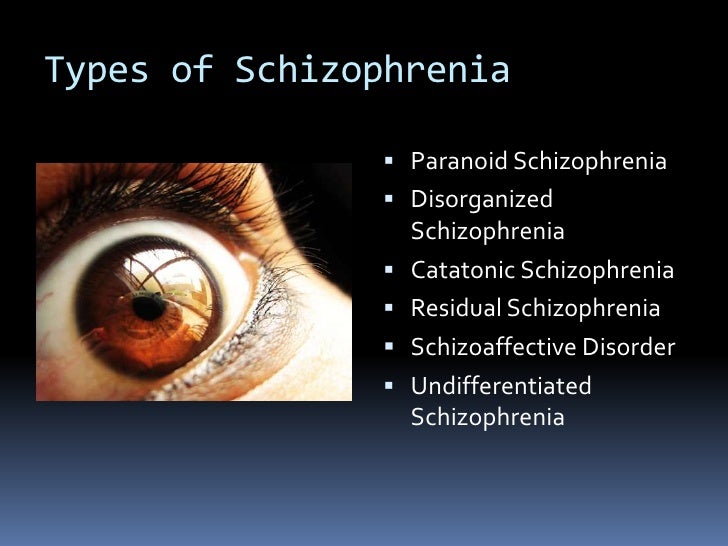

Marked lack of initiative, interests, or energy. Although the boundary between the ARMS and actual psychosis might be narrow and vaguely demarcated, “close-in” follow-up strategy, which involves shortening the periods of follow-up helps us to observe the transition to psychosis. Studies have indicated better socio-occupational functioning in patients who have received intervention.

The finding of duration of untreated psychosis and early intervention at this particular point has provided a new insight into the etiopathological progress of the illness. A person at ARMS may manifest symptoms such as depressed mood, anxiety, and psychosis but may not necessarily meet UHR criteria. This is in contrast to at-risk mental state (ARMS) which defines a syndrome that may or may not develop into psychosis. Another consideration was “symptomatic psychosis at-risk state” which finally paved way to the ultrahigh risk (UHR) criteria which was set at a high threshold in an attempt to reduce misdiagnosis among psychiatrists. coined the term “basic symptoms” which can be subjective complaints of emotional, cognitive, or autonomic impairment. From the above-mentioned symptoms, disturbance in motility occurs secondary to disturbance of attention and perception. Chapman in 1978 described 5 patterns of disturbances which are disturbances in attention, perception, speech production, motor functions, and thought block. Pattern 2 explains the evolution to begin with early specific changes followed by neurotic symptoms as a reaction to these and then psychosis. Pattern 1 was described as certain nonspecific changes, followed by specific prepsychotic symptoms, and then eventually leading to psychosis. in 1978 described it as a “moment to moment march of psychological changes.” The evolution of prodrome has been categorized into two main patterns. The concept of prodrome does not refer to a hardbound set of signs and symptoms.

(1993) defined it as the period from first noticeable symptoms to first prominent psychotic symptoms. (1992) defined it as the time interval from the onset of unusual behavioral symptoms to onset of psychotic symptoms and Beiser et al. In psychiatry, it is referred to as “the initial prodrome” and “relapse prodrome.” The widely accepted definition of prodrome was given by Keith and Matthews in 1991 as a “heterogeneous group of behaviors temporally related to the onset of psychosis. Prodrome in clinical medicine refers to the early symptoms and signs of illness preceding the characteristic manifestations. Thus, current symptoms provide another rationale for intervention research in addition to the need for research targeting the prevention of schizophrenia. Appreciation is growing that these patients and their families experience substantial current distress. According to recent developments, a prodromal state may be identified based on the current symptoms with reliability and predictive validity. Several other studies have suggested the use of antidepressants or anti-anxiety drugs to alleviate symptoms in a person who may be at risk. Appreciating the first manifestations of the subtle changes and intervening at the particular state with antipsychotic medication may be associated with a better prognosis in the long-term outcome of the disease. Accurate depiction of the prodrome can help identify individuals who may be at risk of impending psychosis. It was Bleuler in 1911, who first gave the concept that changes in a person who develops schizophrenia can be identified as a prodromal phase. The widespread acceptance of the neurodevelopmental model of schizophrenia has not been able to throw light on the much debated prodromal phase of the illness. Starting from genetic and environmental factors, it will eventually lead to deficits in neural systems hampering the functions of substrates critical for assessment of sensory input, cognitive functions, and information processing. There is extensive evidence that schizophrenia is a neurodevelopmental disorder and its course unfolds throughout life.

Later, Bleuler coined the term “schizophrenia” describing it as a group of psychosis having a variable and chronic course. The evolution of the concept of schizophrenia dates back to the 1850s when Kraepelin delineated symptomatology which shared a common course and outcome and called it as dementia precox.


 0 kommentar(er)
0 kommentar(er)
